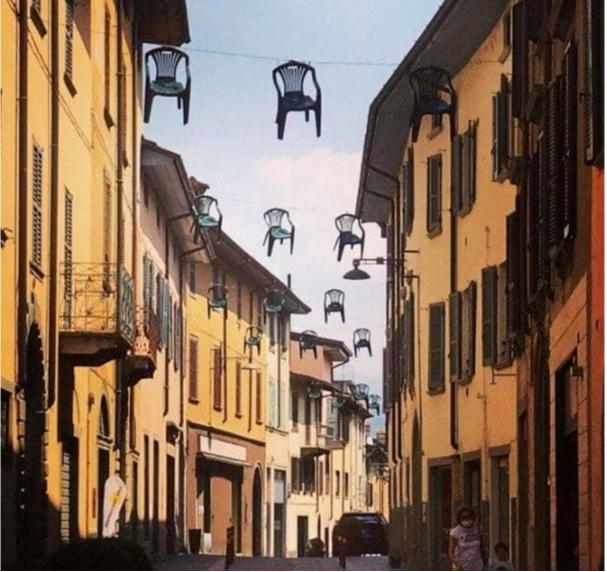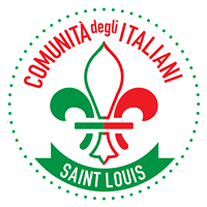|
DR. REBECCA MESSBARGER, PH.D., Professor of Italian and Director of the Italian Department at Washington University in St Louis, Affiliate Professor of History, Art History, International and Area Studies, Performing Arts, and Women, Gender, and Sexuality Studies Art—literary, visual, performative—has served throughout history to translate the suffering experienced by individuals and societies during a catastrophic pandemic, as well to conceive and, indeed, to spur renewal of the individual and of the social order. The Medieval author Giovanni Boccaccio sets his masterwork, the Decameron (1351), in the midst of the mass mortality of the 1348 Bubonic Plague, which the author witnessed first-hand in his city of Florence. More than half of the citizenry, including Boccaccio’s father and stepmother, died of the contagion, which would extinguish the lives of 40-60% of the population of Europe. In the preface, the author explains to his target audience of women readers why he frames his collection of one hundred humorous, ribald, and tragic stories with this world-shattering event. “This horrid beginning will be to you even such as to wayfarers is a steep and rugged mountain, beyond which stretches a plain most fair and delectable, which the toil of the ascent and descent does but serve to render more agreeable to them; for, as the last degree of joy brings with it sorrow, so misery has ever its sequel of happiness.” The ghastly reality of the plague necessitates taking refuge in fiction. Boccaccio’s imagined brigata of young nobles flee the death and chaos in Florence for a villa in the countryside, where they gather in the garden to tell each other 100 stories (one apiece for 10 days) and are thus able to recreate through literary art the social bonds the plague had broken. For his actual readers, the grim historical backdrop is meant to heighten the pleasure of the narrative. As Giuseppe Mazzotta has noted, literature allows the reader “to quit the arena of history …and retreat to the garden” (1986). Far more than an evasion, however, it is meant to be a contemplative and renewing retreat. Boccaccio’s tales frequently center on the power of narrative itself, not only to reveal and to relieve the human predicament, but also to deceive. Boccaccio tacitly cautions that art is reflection and its rhetorical tools can serve to crystalize as well as to distort the truth. Devastating pandemics have compelled artists throughout history to reflect and to reflect on the experience. The British author Daniel Defoe and the Italian poet and novelist Alessandro Manzoni each wrote historical novels based on extensive archival research about the seventeenth-century plague pandemic that swept through Europe. In ways reminiscent of Boccaccio, both authors also explored the range of human reactions to the spread of deadly infection, mass death, social upheaval, isolation and quarantine, as well as the official response to the crisis by ruling state authorities and the church. In Defoe’s Journal of the Plague Year (1722) and Manzoni’s The Betrothed (in the original Italian I promessi sposi, 1827) fear looms as a contagion often more deadly than the plague itself. Manzoni, who had been schooled in Enlightenment ideals, includes a scene in his novel that evokes and condemns one of the most notorious examples in history of inhumanity and the abuse of state power in response to fear provoked by the pandemic. The vivid episode in the novel recalls the mass hysteria in Milan in 1630 that led to the false accusation, the pitiless public torture and execution, and desecration of the remains of two innocent men, Guglielmo Piazza and Giacomo Mora, whose fictitious crimes and glorified punishment were engraved by the Milanese State on a marble Column of Infamy that stood for 200 years. Through the art of the word in his international bestseller, Manzoni renounced and atoned for this injustice and, by illuminating it, sought to deter such future crimes against humanity. Artists have reckoned with and rectified endemic and new injustices that tend to show themselves with violent clarity during times of pandemic. The HIV/AIDS pandemic that began in the 1980s, provoked a radical rethinking of what constitutes art, its poetics, and its political, social, and moral imperatives. Theater, literature, and especially the visual arts confronted not only an elite arts consumer, but a more a general public with the health crisis and harrowing experience of those simultaneously most affected by the disease and most disregarded by government and public health authorities: gay men. Artists such as David Wojnarowicz, collaborators Anthony Aziz and Samuel Cucher, Keith Haring and Theresa Frare, among many others, translated their personal experiences of the ravages and loss of the disease into graphic images that in other times would have been hidden by the forces of social and political quarantine. Paradoxically, therefore, the wreckage and loss caused by pandemic have fomented insurgent artistic creation. Whole artistic movements, it has been argued, grew out of the individual and collective experience of pandemic. Elizabeth Outka in her book Viral Modernism (2019), has shown how the personal experience of sickness and loss during the 1918-1919 influenza gave birth to some of the most important literary works of the early 20th century, including T.S. Eliot’s Wasteland; William Butler Yeats’ The Second Coming; and Virginia Woolf’s Mrs Dalloway. Already, of course, the seeds of Covid-19 are bearing artistic fruit. Across the globe artists are crafting new narratives with words, images, objects, sounds, and all manner of technology to reflect the experience of our own catastrophic time.
3 Comments
Luisa Flynn
7/22/2020 22:05:31
Excellent article.
Reply
Nerina Giannotti
7/23/2020 10:52:14
Great great article!
Reply
Andrew Chirchirillo
8/2/2020 12:32:00
An illuminating article on how art may help us deal with our current pandemic!
Reply
Leave a Reply. |
AuthorsGiovanna Leopardi Year
All
Archives
July 2024
|
|
Contact us:
|




 RSS Feed
RSS Feed
